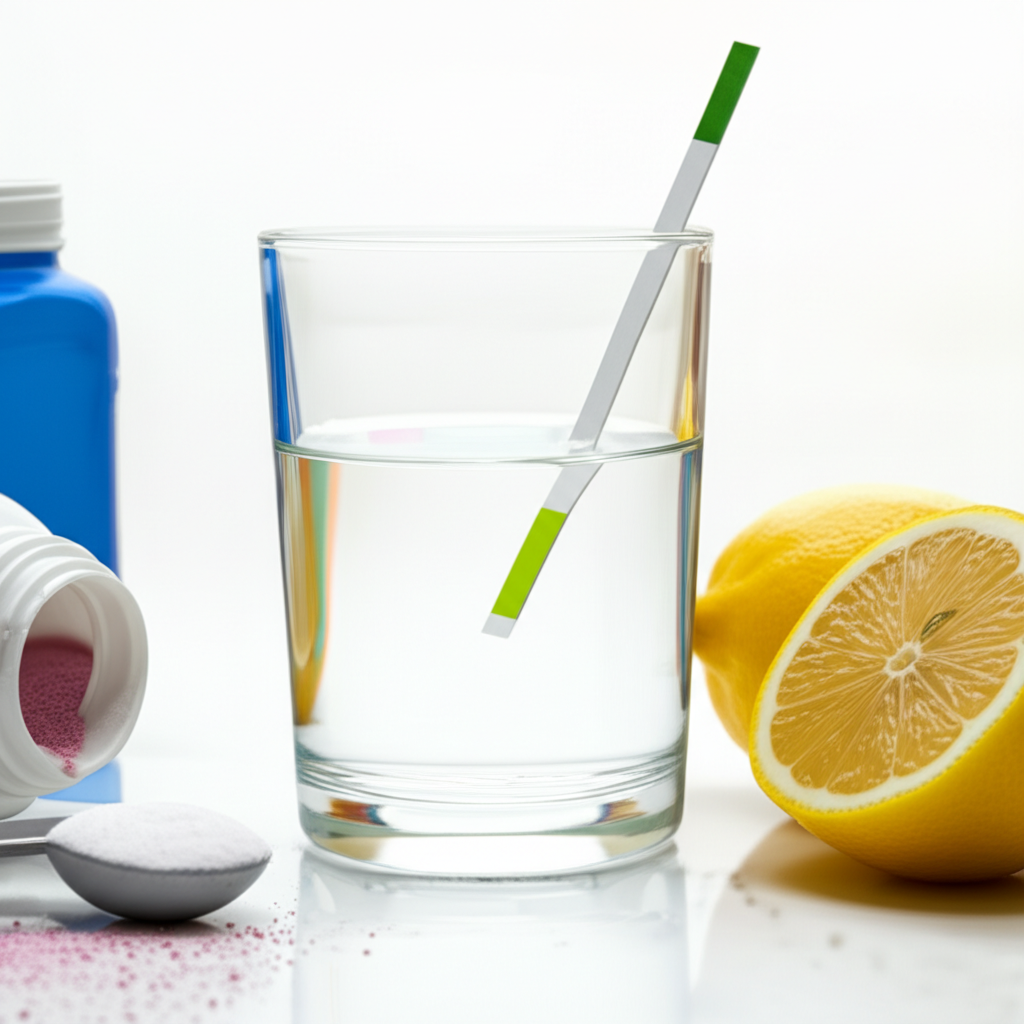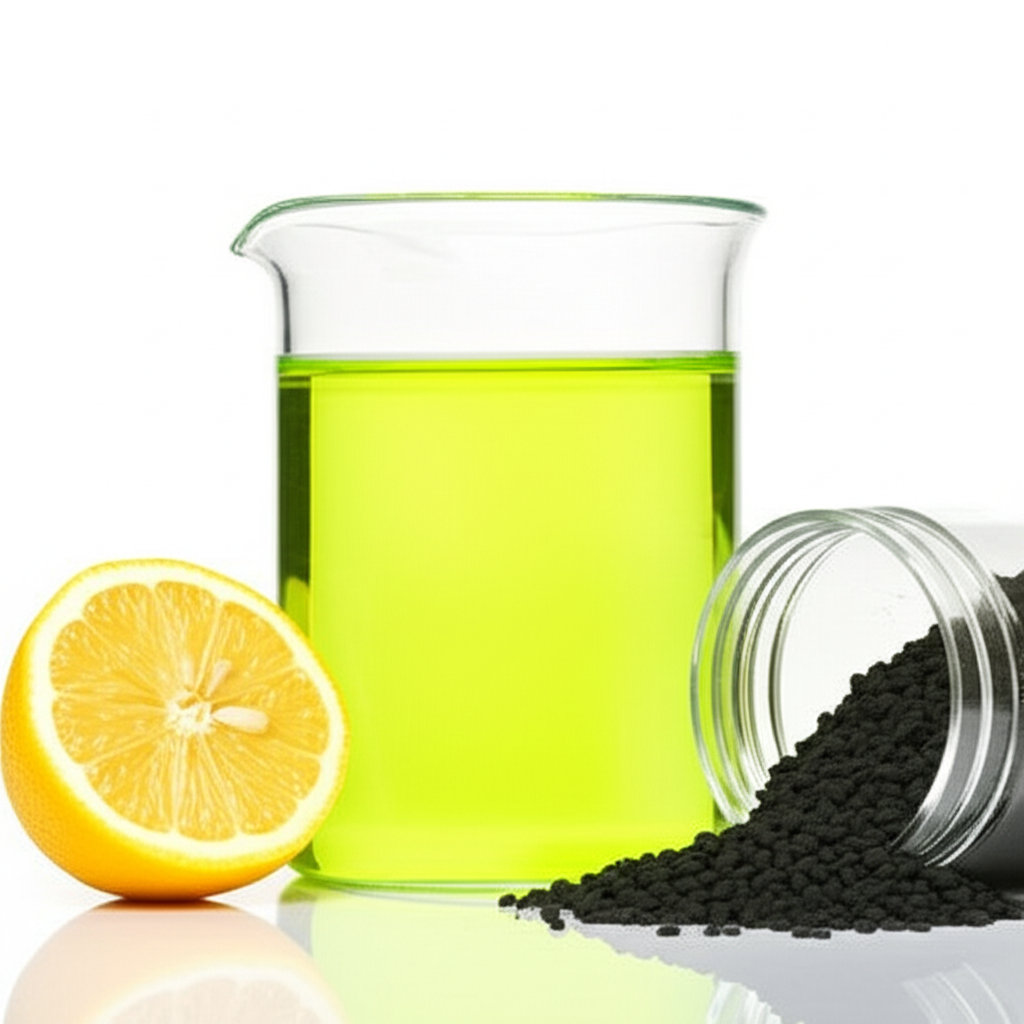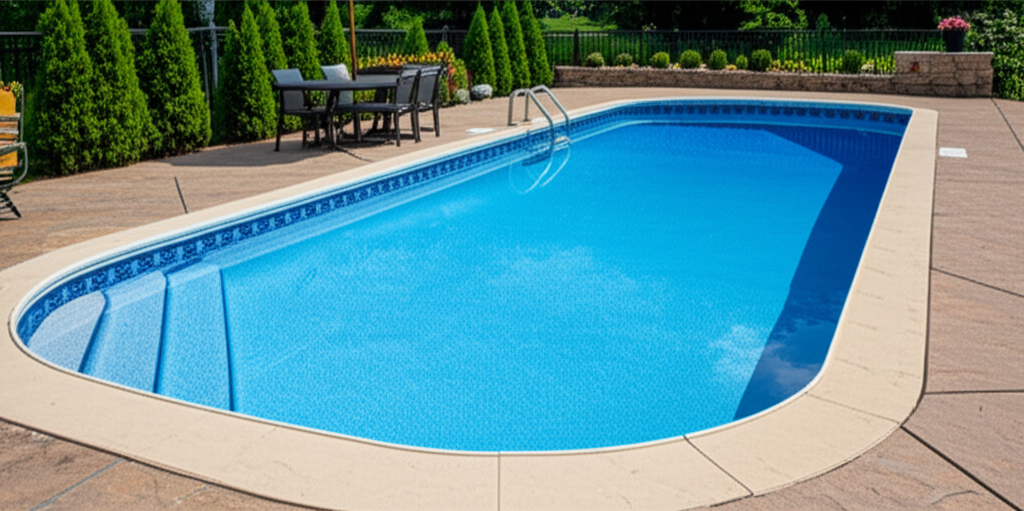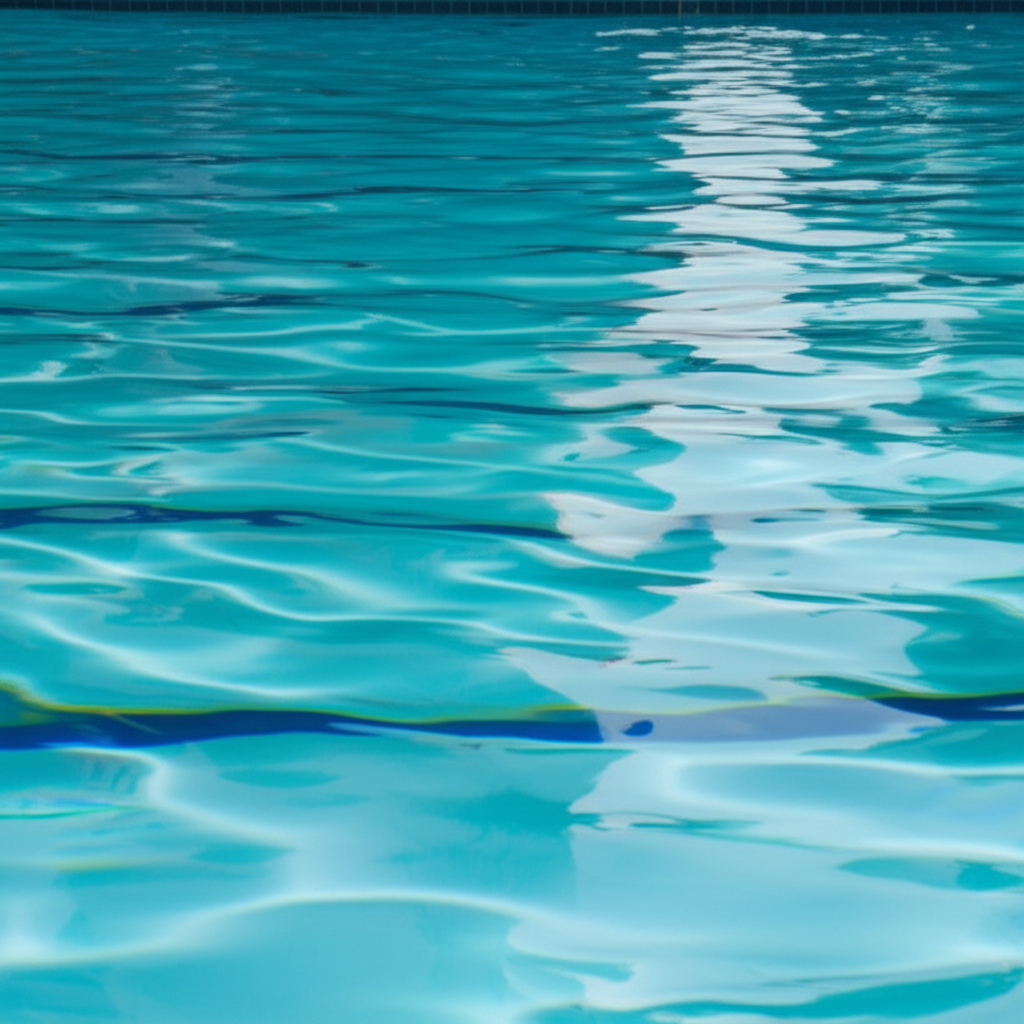- Understanding the Need to Neutralize Chlorine
- Identifying High Chlorine Levels
- Proven Methods to Neutralize Chlorine in Household Water
- 1. Activated Carbon Filtration
- 2. Ascorbic Acid (Vitamin C) / Sodium Ascorbate
- 3. Sodium Thiosulfate
- 4. Boiling Water
- 5. Evaporation / Air Exposure
- Neutralize Chlorine in Larger Volumes: Pools and Spas
- Choosing the Right Method to Neutralize Chlorine For You
Neutralize Chlorine: This is a crucial step for many, from ensuring safe and pleasant drinking water to protecting delicate aquatic life and even improving personal comfort during baths or showers. While chlorine is a powerful and necessary disinfectant, its lingering presence can lead to unpleasant tastes, odors, skin irritation, and even harm to plants and animals. Fortunately, numerous effortless and proven methods exist to effectively remove or neutralize chlorine, transforming your water no matter its source or intended use.
Understanding the Need to Neutralize Chlorine
Chlorine’s primary role is to eliminate harmful bacteria and viruses from municipal water supplies, a vital public health measure. However, this powerful chemical doesn’t discriminate once it reaches your home. It can dry out skin and hair, irritate eyes, and degrade the quality and taste of coffee, tea, and food prepared with tap water. For aquarium enthusiasts, chlorinated water is lethal to fish and beneficial bacteria, making dechlorination an absolutely critical step. Gardeners also find that chlorinated water can inhibit plant growth and harm beneficial soil microorganisms. Understanding these impacts is the first step toward appreciating the value of neutralization.
Identifying High Chlorine Levels
Before you can effectively neutralize chlorine, it helps to identify when you’re dealing with it, especially high chlorine levels. The most obvious sign is a distinct, pungent bleach-like odor and taste in your tap water. If the smell is particularly strong, you likely have elevated levels. Other indicators include:
Skin and Eye Irritation: Red, itchy eyes after showering or swimming, or dry, flaky skin.
Faded Clothes: Chlorine can accelerate the fading of fabrics, especially after repeated washes.
Poor Plant Health: Wilting, browning, or stunting of plants watered with tap water.
Aquatic Distress: Fish gasping at the surface, erratic swimming, or sudden death in aquariums being filled.
Pool/Spa Issues: An overpowering chemical smell (often from chloramines, a byproduct of chlorine reacting with organic matter), and irritation.
Municipal water treatment plants typically aim for a residual chlorine level of 0.5 to 4.0 parts per million (ppm) to maintain disinfection in the distribution system. However, at certain times, such as after pipe repairs or during seasonal changes, these levels can temporarily spike. Knowing these signs empowers you to act.
Proven Methods to Neutralize Chlorine in Household Water
When it comes to your everyday water needs, several reliable methods can make a significant difference.
1. Activated Carbon Filtration
This is perhaps the most popular and versatile method for chlorine removal. Activated carbon, often found in granular (GAC) or block form, works by adsorption – chlorine molecules stick to the vast surface area of the carbon. As water passes through the filter, chlorine is trapped.
Pros: Highly effective for removing chlorine and chloramines (a more stable form of chlorine), improves taste and odor, and removes other impurities.
Applications: Pitcher filters (e.g., Brita, Pur), faucet-mounted filters, under-sink filters, and whole-house filtration systems. Whole-house systems are ideal for neutralizing all the water entering your home, protecting skin, hair, and appliances.
Considerations: Filters need regular replacement to maintain effectiveness.
2. Ascorbic Acid (Vitamin C) / Sodium Ascorbate
Vitamin C is a safe and effective chemical dechlorinator that works quickly by reacting with chlorine to form harmless compounds.
Pros: Rapid action, non-toxic, safe for drinking, bathing, and aquatic life.
Applications:
Bathing/Showering: Vitamin C shower filters or adding a small amount of ascorbic acid powder directly to bathwater can significantly reduce skin and hair irritation.
Aquariums: A tiny pinch of ascorbic acid powder or sodium ascorbate can instantly dechlorinate water for fish.
Gardening: For small-scale gardening, sprinkling a small amount of powder into your watering can.
Considerations: Requires precise dosing for larger volumes, and excess can alter pH slightly (though usually negligible). Sodium ascorbate is less acidic than ascorbic acid.
3. Sodium Thiosulfate
A long-standing favorite in the aquarium world, sodium thiosulfate is a powerful and rapid dechlorinator.
Pros: Extremely fast and efficient at neutralizing both chlorine and chloramines.
Applications: Primarily used for aquariums and ponds where quick and complete dechlorination is essential. It’s also used to dechlorinate swimming pools after superchlorination or before draining.
Considerations: While generally safe in small doses, it’s not typically recommended for large-scale drinking water treatment due to the need for precise measurement and potential for leaving residual sulfur compounds. It’s usually sold as a crystalline salt that dissolves easily.
4. Boiling Water
For smaller quantities of water, simply boiling it can effectively remove chlorine. As water heats up, chlorine gas vaporizes and escapes into the air.
Pros: Simple, requires no special equipment beyond a pot and a stove.
Applications: Drinking water, cooking, making baby formula (after cooling).
Considerations: This method does not effectively remove chloramines, which require longer boiling times (up to 20 minutes) and may still not be fully eliminated. It’s also energy-intensive and only suitable for small volumes.
5. Evaporation / Air Exposure
Leaving chlorinated water exposed to the air for a period allows the chlorine gas to naturally dissipate.
Pros: Cost-free, utterly simple.
Applications: Small volumes of drinking water, water for delicate houseplants, small fish bowls (though less reliable for complete dechlorination for fish).
Considerations: This is the slowest method. Depending on the amount of chlorine, water temperature, and surface area exposed, it can take 24 hours or more for chlorine to dissipate. Like boiling, it’s less effective against chloramines.
Neutralize Chlorine in Larger Volumes: Pools and Spas
For swimming pools and hot tubs, where large volumes of water contain significantly higher chlorine levels, specialized approaches are required for both initial fill-up and corrective measures.
Sodium Thiosulfate: This is the most common and effective chemical neutralizer for pools and spas. It provides an immediate reduction in free chlorine levels. Dosing depends on the pool size and current chlorine concentration.
UV Systems (Indirect Approach): While UV light doesn’t directly neutralize chlorine, it’s highly effective at breaking down chloramines. By reducing chloramines, it frees up active chlorine and eliminates the strong “chlorine smell” and associated irritation, improving overall water quality.
Aeration: Running pool jets or fountains can increase surface agitation, helping some chlorine to off-gas, but it’s generally a slower and less efficient method for significant chlorine reduction in pools.
Choosing the Right Method to Neutralize Chlorine For You
The best method depends on your specific needs:
For drinking water: An activated carbon pitcher or under-sink filter offers convenience and effectiveness.
For whole-house benefits (skin, hair, appliances): A whole-house activated carbon filter is the ideal solution.
For aquariums (rapid dechlorination): Sodium thiosulfate or ascorbic acid are indispensable for instant results.
For baths/showers: Ascorbic acid shower filters or adding powder directly to bathwater can provide immediate relief.
* For emergency or small-scale needs: Boiling or air exposure are viable, albeit slower, options.
By understanding the properties of chlorine and the mechanisms of various neutralizing agents, you can confidently choose the most effective and effortless method to transform your water, ensuring it’s safe, pleasant, and suitable for all your needs.




